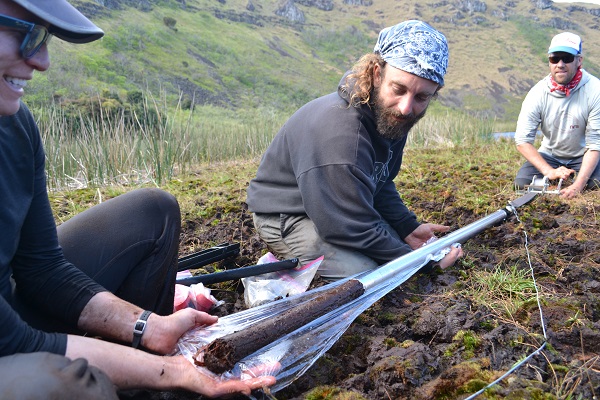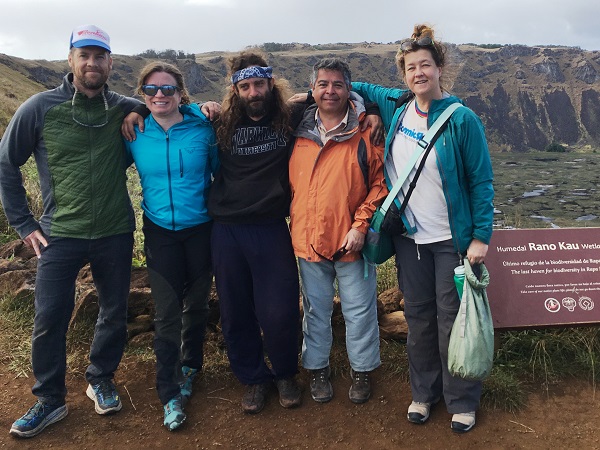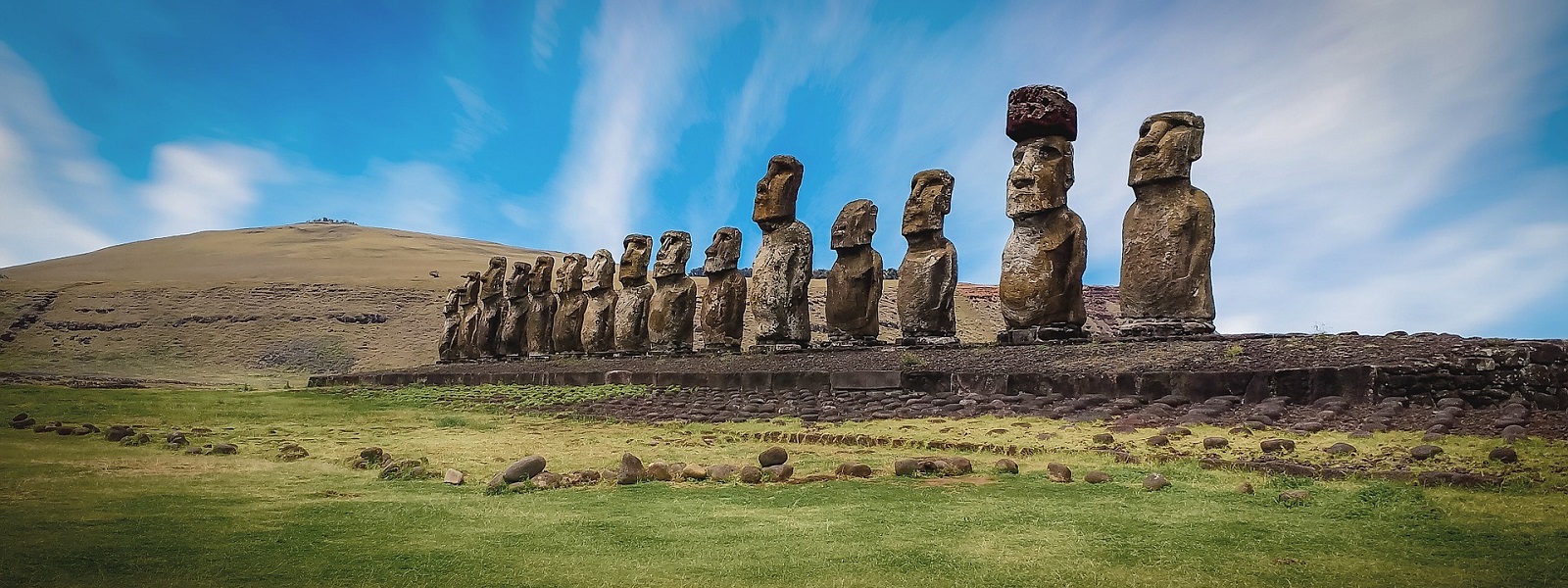Since 1722 when European first saw Easter Island or Rapa Nui for the first time, it became clear that the small island in the heart of the Pacific Ocean was hiding a unique and mysterious history. Scientific research carried out last century supported a collapse theory which explained that a mismanagement of available resources caused a demographic growth of the Rapa Nui population that was out of control and unsustainable and caused a cultural and environmental collapse between the 15th and the 18th century.
For many years this reconstruction was used as a warning to contemporary society, associating the small faraway island in the Pacific ocean and the entire world. What really happened to Rapa Nui? How reliable is the collapse theory? In the last decade, scientists from around the world are investigating without finding any common past reconstruction. An international team of scientists from Chili and the USA coordinated by Dario Battistel, researcher at the Department of Environmental Sciences, Informatics, went to the island looking for answers, in the context of Ca’ Foscari project ‘The Last Tree Standing’.
“The magnitude of the cultural and environmental change is surprising” explained Battistel, the research leader. “We should not simplify its causes. A possible climate change could have played a central role, but it would be more reasonable to think about a combination of many factors. A missing piece is a proper evaluation of the timeline of such a change. Unfortunately there is a grey area that is still unexplored in the environmental and climate archives of the island”.
What do you mean by cultural and environmental change?
“The most impressive thing is the transition between the ancient cult of the Moai to the most recent Tangata manu (the man bird) cult. The first Rapa Nui built Moai at Rano Raraku, incinerated their dead and there is no trace of writing. Then, out of the blue, they stopped building Moai, displaced the main cult to the volcano Rano Kau, established new leaders to choose their leader through the Tangata manu competition, started burying their dead and writing on wooden boards in a mysterious type of writing, rongorongo.
It is very likely that a violent conflict took place, but cannibalism that was characteristic of that period was a cultural practice rather than a nutrition need. Everything happened in a heartbeat - a few centuries and maybe even less. Could it be the result of poor management as many said for decades? According to us, climate related and environmental factors may not be the only explanation.
We met with Rapa Nui people. Even now the Make-make, the main Rapanui divinity, and the Tangata manu shaped their culture much more than then Moai. The Moai are only used to attract tourists. The Orongo village, located in the heart of the main Tangata manu cult site, I dared to say: ‘these are two different populations. If they arrived once, why not a second time?’, and the team answered: ‘Finally someone said it! I think that it is what we all believe!”.

No collapse but a conquest then?
“Some sort of ‘collapse’ - if we want to call it like that - did occur, that cannot be contested. But there are many additional factors which must have affected such a change - not just poor management. I think it is simplified. A potential second migratory wave could have accelerated or brought about the cultural upheaval. Considered that the island is isolated and that traveling across the Pacific Ocean is heavily influenced by climate conditions. The hypothesis is congruent but yet to be demonstrated.
The real cultural and environmental collapse is happening today. After the annexation to Chile and the introduction of many invasive species - especially eucalyptus - in the 1950s-1960s. For these reasons Eastern Island currently suffers from water shortage complicated by claims to independence and arson. A few days after we left the Rano Kau was damaged by a major fire.
You were lucky.
“Our guide was called Merahi which means ‘Angel’ in rapanui. Maybe it protected us… Yes, we were lucky”.
How do you intend to shed light on these questions?
“There are three humid zones in the volcanic island. We have successfully sampled sediment cores in these sites. We carried out what we aimed to do despite a few setbacks. We are confident. We will analyze the chemical and sedimentologic structure of the cores with high time resolution. We will thus obtain information on the dynamics of environmental and climate change that were never observed before. We will try to answer the following questions: ‘when did they first arrive on the island?’, ‘when did they leave Rano Raraku (the Moai cave)?’, ‘when did they establish in Orongo?’.
The pace of change is one of the key aspects that can solve a part of the mystery. Another One is the interpretation of the rongorongo tablets. Unfortunately those who knew the meaning of these symbols died in the nineteenth century, after being deported and becoming slaves. This part of the mystery may remain unsolved. The real added value of this project is its interdisciplinarity. The team is made of many different skills with archaeologists, paleo-ecologists, biologists, geologists and chemists belonging to cultural, academic, research related institutions which supported the project - including Universidad de Playa Ancha (Chile), Universidad de Concepción (Chile), University of Minnesota, Montana State University, United States Geological Survey - and local rapanui bodies such as the Consejo de Monumentos Nacionales and the CONAF. All the ingredients for great work are here combined”.












